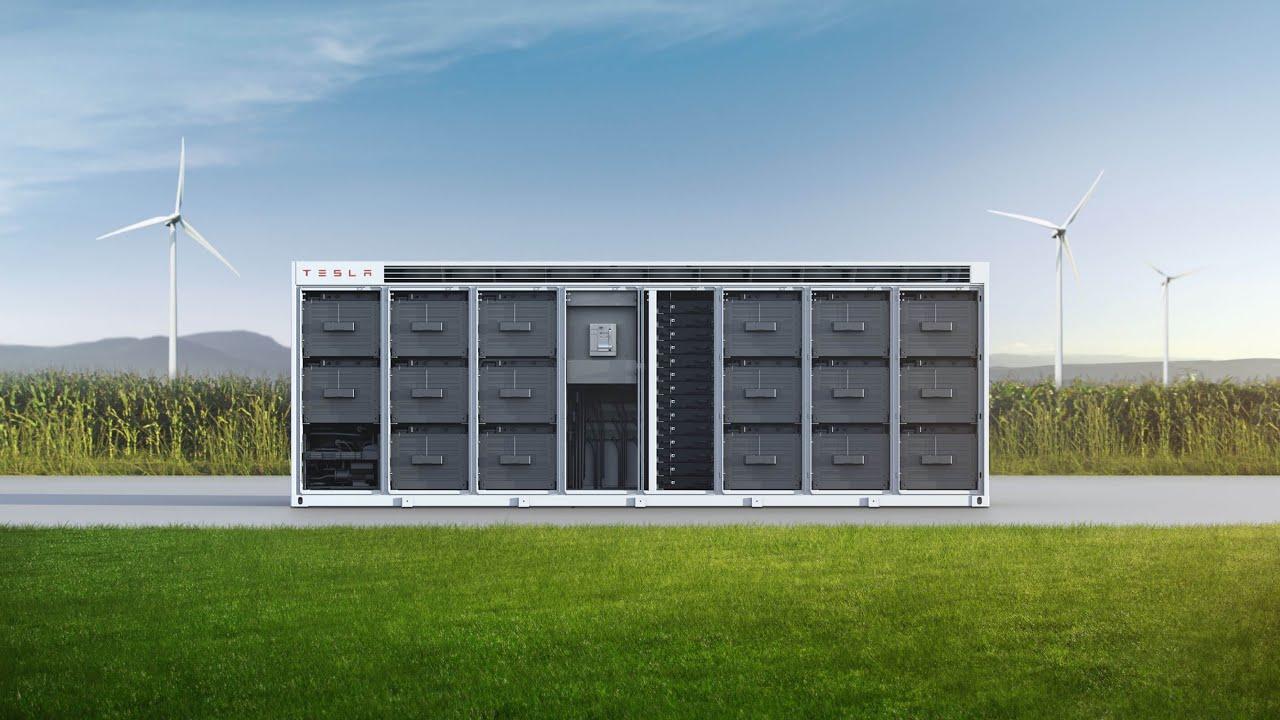Battery Energy Storage System Market drivers supported by declining lithium-ion battery costs and improved energy density.

The global Battery Energy Storage System (BESS) market is experiencing a transformative growth phase, underpinned by two powerful technological advancements: the declining costs of lithium-ion batteries and the continuous improvement in their energy density. These developments are reshaping the economics of energy storage, enabling broader adoption across utility, commercial, and residential applications, and accelerating the transition to a low-carbon energy future.
As renewable energy capacity expands worldwide and electricity demand patterns become more complex, BESS technology is emerging as a crucial solution for enhancing grid stability, improving energy efficiency, and supporting clean energy integration.
Cost Reduction: Making Energy Storage Economically Viable
A primary driver behind the growing adoption of battery energy storage systems is the sharp decline in the cost of lithium-ion batteries, which dominate the BESS landscape. Over the past decade, the average price of lithium-ion battery packs has plummeted by more than 80%, falling from over $1,100 per kilowatt-hour (kWh) in 2010 to under $150/kWh in recent years. This dramatic price drop is the result of increased manufacturing scale, supply chain optimization, improved battery chemistries, and rising demand from the electric vehicle (EV) sector.
Lower battery costs have significantly improved the return on investment (ROI) for energy storage projects. Utility-scale developers are now able to economically deploy large-scale BESS for load shifting, frequency regulation, and renewable energy integration. Meanwhile, businesses and homeowners can adopt storage systems for backup power, demand charge reduction, and self-consumption of solar energy.
Cost competitiveness has also made BESS an attractive alternative to traditional fossil-fuel-based peaker plants. Battery storage systems can now deliver comparable grid services with the added benefits of zero emissions, lower operating costs, and faster response times.
Improved Energy Density: Maximizing Storage in Compact Spaces
In tandem with cost reductions, continuous improvements in energy density have made lithium-ion batteries more effective and space-efficient. Energy density refers to the amount of energy that a battery can store relative to its weight or volume. Higher energy density means more power can be packed into a smaller footprint, which is essential for applications with space constraints or for mobile and modular systems.
Modern lithium-ion chemistries such as nickel-manganese-cobalt (NMC) and lithium iron phosphate (LFP) are pushing the boundaries of what battery systems can achieve. These chemistries offer a balance between energy density, cost, thermal stability, and lifespan, making them suitable for a wide range of use cases—from grid-scale installations to residential systems.
The enhanced energy density also reduces the cost per kilowatt-hour of installed capacity, further improving the financial feasibility of BESS deployments. For utilities, this means fewer installations are needed to achieve target storage goals, saving on land, infrastructure, and maintenance.
Renewable Energy Integration and Grid Resilience
One of the most important roles of battery energy storage is to support the integration of renewable energy sources, such as solar and wind, into the grid. These sources are intermittent and variable, which can cause imbalances in supply and demand. Lithium-ion BESS enables excess renewable energy to be stored when generation exceeds demand and released during periods of shortfall, helping to stabilize the grid.
Improved energy density and reduced costs make it easier to deploy BESS alongside renewable energy projects, enabling the creation of solar-plus-storage or wind-plus-storage systems. These configurations allow utilities and independent power producers (IPPs) to offer firm, dispatchable renewable energy—essentially mimicking the reliability of conventional power plants without the emissions.
Additionally, BESS enhances grid resilience by providing backup power during outages, supporting voltage and frequency regulation, and deferring the need for costly grid infrastructure upgrades.
Expanding Applications Across Sectors
The technological evolution of lithium-ion batteries is enabling a wider range of BESS applications across different sectors:
-
Residential: Homeowners are adopting battery storage to store solar energy, reduce electricity bills, and ensure backup power during outages.
-
Commercial and Industrial (C&I): Businesses are installing BESS to reduce peak demand charges, maintain operational continuity, and support sustainability goals.
-
Utilities: Grid operators are leveraging storage for grid balancing, ancillary services, and energy arbitrage.
As battery systems become smaller, cheaper, and more powerful, their deployment is becoming increasingly viable in rural areas, island communities, and developing regions where energy access and reliability are key challenges.
Policy Support and Future Outlook
Supportive government policies, tax incentives, and funding programs are further accelerating the adoption of lithium-ion battery storage. For example, in the United States, the Investment Tax Credit (ITC) now applies to standalone storage systems. In the European Union and Asia-Pacific, energy strategies increasingly prioritize storage as part of national decarbonization plans.
Looking forward, continued innovation in battery materials—such as solid-state batteries and alternative chemistries—along with improvements in recycling and lifecycle management, will further reduce costs and enhance sustainability.
Conclusion
The Battery Energy Storage System market is being strongly driven by the dual impact of declining lithium-ion battery costs and improved energy density, making storage solutions more accessible, efficient, and impactful across global energy systems. These advancements are not only enabling greater renewable integration and grid resilience but are also expanding the economic and environmental case for adopting energy storage at every scale. As technology continues to evolve, lithium-ion BESS will remain a cornerstone in the global transition to a more flexible, clean, and secure energy future.
- Art
- Causes
- Crafts
- Dance
- Drinks
- Film
- Fitness
- Food
- Oyunlar
- Gardening
- Health
- Home
- Literature
- Music
- Networking
- Other
- Party
- Religion
- Shopping
- Sports
- Theater
- Wellness


